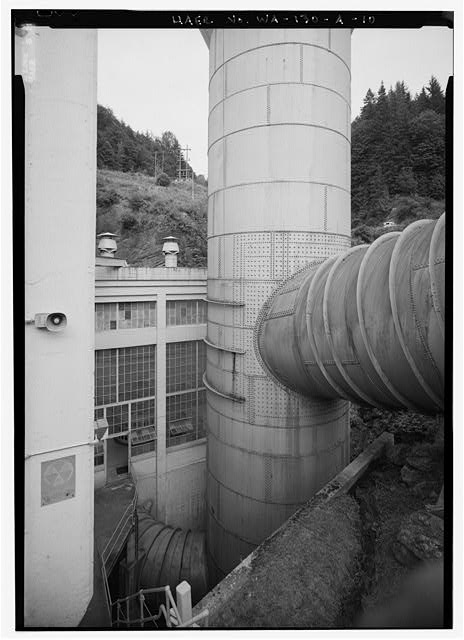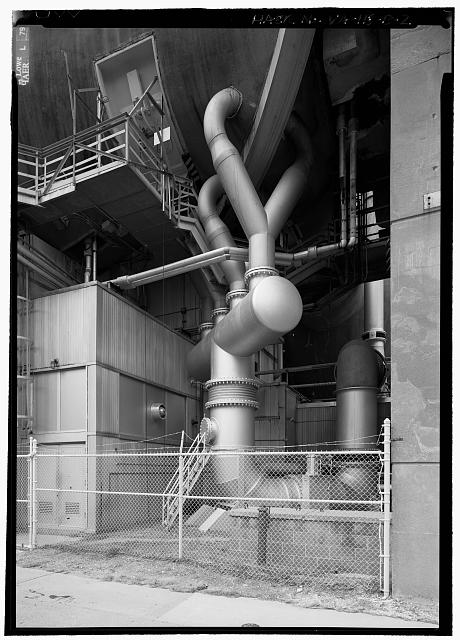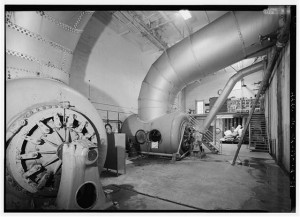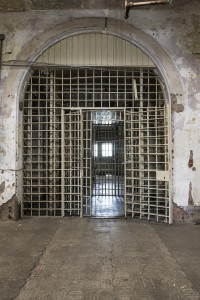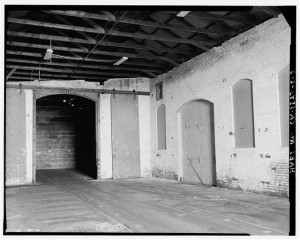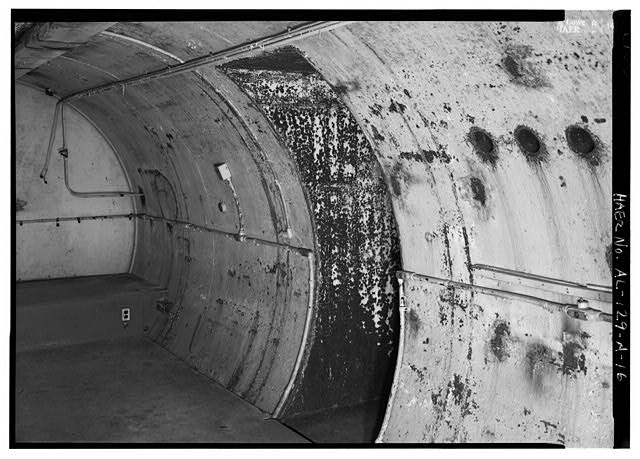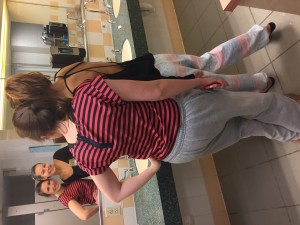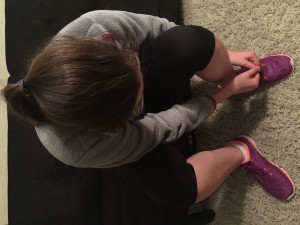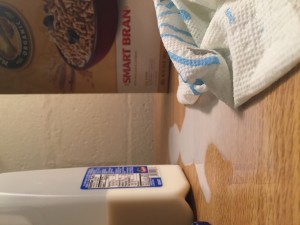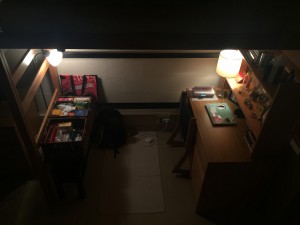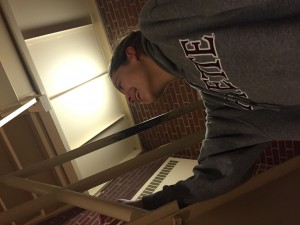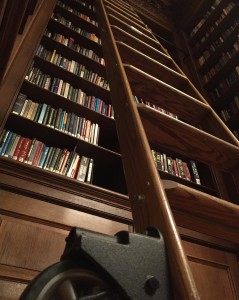From the outset of developing a final project, I chose to create a piece I felt emotionally connected to as I believe that is where my most poignant work evolves. As I mentioned in my proposal, I felt especially connected to Marina Abramovic’s Art Must Be Beautiful, Artists Must Be Beautiful. I think I was most attracted to the work because of her vulnerability and the tone of obsession that was conveyed by her compulsive hair brushing. Struggling with my own obsession and the compulsions that accompany it, I used the theme of obsession as my launchpad into a project.
Knowing I am uncomfortable in front of the camera, I expected to create a film that referenced but did not physically include me, perhaps by creating a story of someone else’s struggle which I documented, for example. However, I chose to put myself in an uncomfortable position and potentially capture a similar vulnerability to what I felt in Abramovic’s piece. My obsession manifests into the compulsion of eating the same thing for breakfast each morning. While the aesthetic approach I chose is simple, I think it articulates my point best.
Each morning as I sat down to eat my egg whites, cantaloupe, honeydew, and half grapefruit, I was joined by a camera. I filmed the entirety of a week’s worth of breakfasts, documenting a task seemingly mundane yet extremely charged with obsessive tendencies. The filming strategy itself references different approaches we have discussed throughout the course instead of complying to one approach completely. There is no reference to video appropriation, however both video performance and citizen journalism influenced the work. While I am unanimated and do not interact directly with the camera, my movements and habits are a performance recorded by the camera. Instead of choosing to record certain moments of my meals, I let the camera record each in its entirety, similar to citizen journalism tactics.
I faced various challenges while creating the piece, both personally and in the production itself. I put myself in a position to face something about myself that I am not comfortable with, unsure of what the product would be. While editing my footage I had to make some challenging decisions. Initially I cut pieces from each meal and edited them consecutively to portray one meal. I felt this conveyed my point, but I was not entirely satisfied with it. My inspiration was renewed after we discussed splitting the screen to show several days simultaneously. This is the approach I ultimately took. iMovie restrained me from displaying more than two videos at a time, however I could see the project expanding. If I collected daily footage over a longer period of time and edited it in such a way that many days could be displayed at once, I think the viewer would be overwhelmed and the sense of obsession would be stronger.

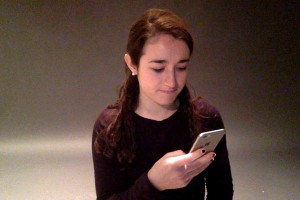
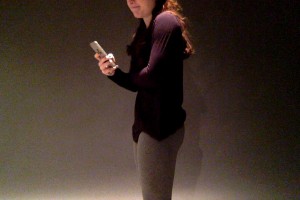
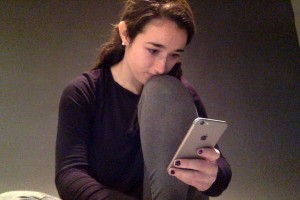
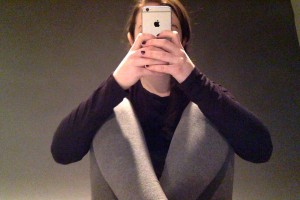
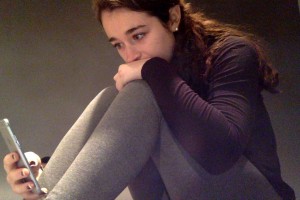
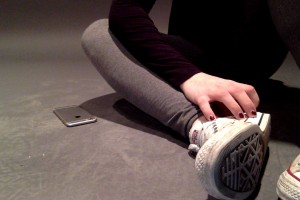
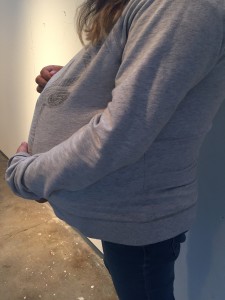
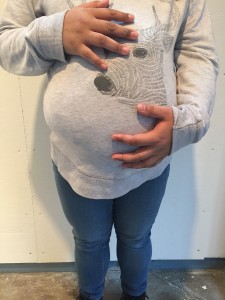
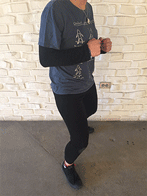
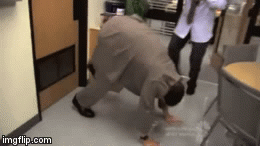
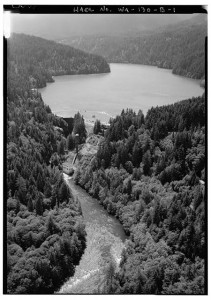
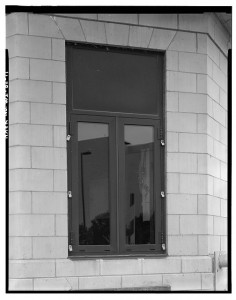
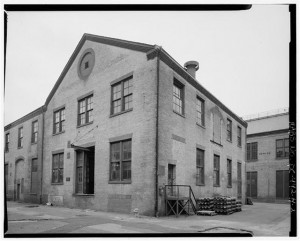
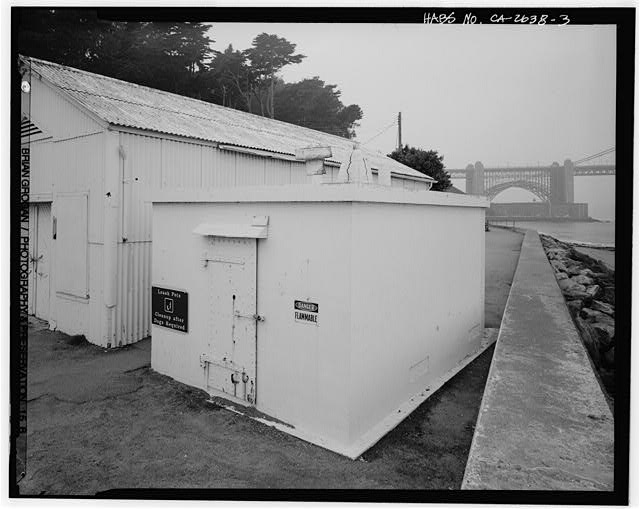 This building is a place families would go for help to be relocated in an effort to avoid the Nazis.
This building is a place families would go for help to be relocated in an effort to avoid the Nazis.